ORIGINAL RESEARCH
Published on 09 Jun 2023
The secretome of the fish pathogen Tenacibaculum maritimum includes soluble virulence-related proteins and outer membrane vesicles
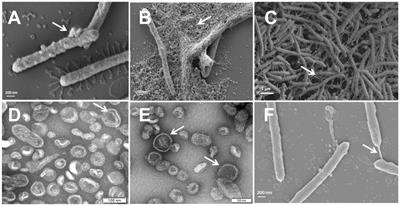
doi 10.3389/fcimb.2023.1197290
- 4,421 views
- 11 citations
5,987
Total downloads
29k
Total views and downloads
You will be redirected to our submission process.
ORIGINAL RESEARCH
Published on 09 Jun 2023

ORIGINAL RESEARCH
Published on 19 Apr 2023
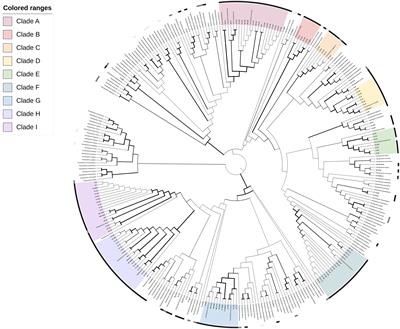
ORIGINAL RESEARCH
Published on 10 Feb 2023
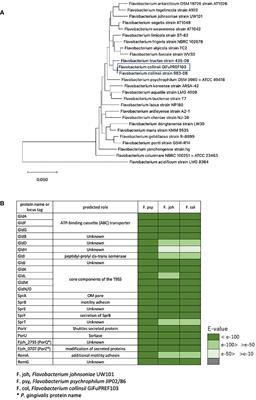
ORIGINAL RESEARCH
Published on 03 Feb 2023
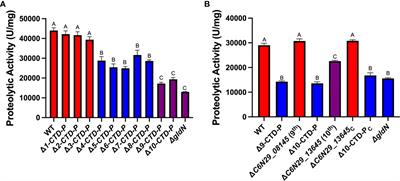
REVIEW
Published on 06 Jan 2023
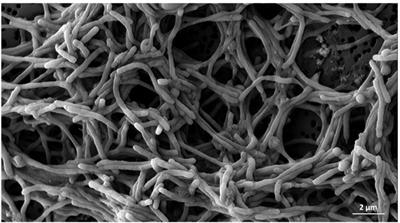
OPINION
Published on 15 Dec 2022
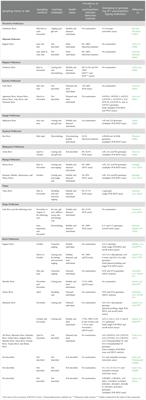
ORIGINAL RESEARCH
Published on 17 Oct 2022

